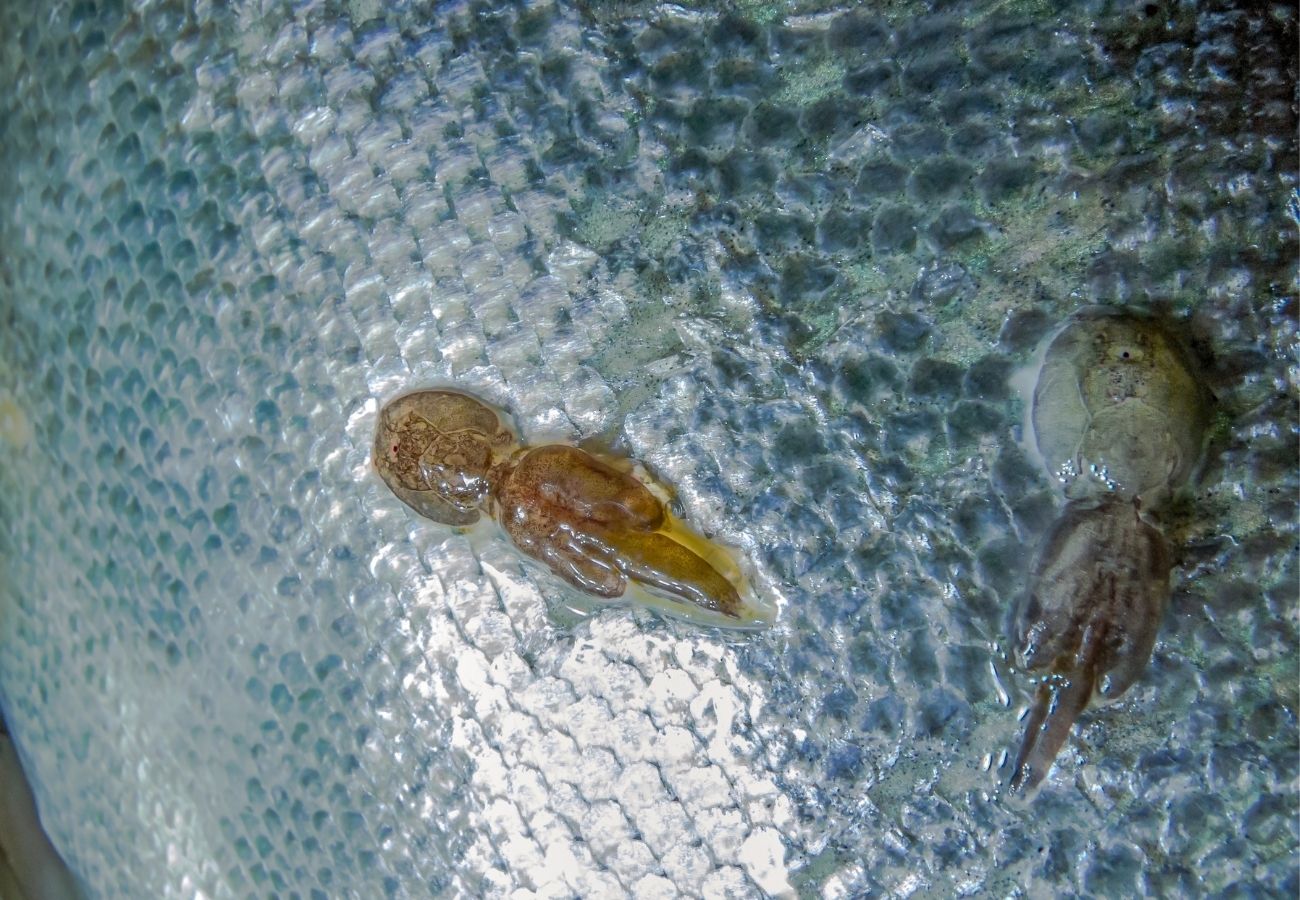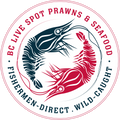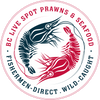Salmon fish is a fatty fish, loaded with numerous health benefits. In a single serving, salmon provides all the components of a balanced diet. Choosing between wild salmon or farmed may be a difficult choice, considering the many choices. Here, we discuss key differences between the two choices.
You Are What You Eat
The age old phrase, “you are what you eat” is a great difference between wild and farmed salmon. This is not a new argument in the meat industry, where phrases such as “free-range” and “grass fed” are becoming more popular to ensure the ethics of meat animals and ensuring the end taste. The same applies to salmon; the better the fish ate, the better the fish will taste.
Wild Salmon Diet
Wild-caught salmon feed on other organisms found in the ocean river or lake. Their diet is a mother-nature feast. Crustaceans, such as shrimp and krill, are a main staple for the salmon diet. Crustaceans contain high levels of carotenoid, the pigment that gives them their color, called astaxanthin. Due to the feast of crustaceans, wild caught salmon have an undeniably vibrant red hued flesh.
Farmed Salmon Diet
“Color Added” is a common identifier that is placed solely on farmed salmon. Farmed salmon flesh is grey to light pink hue due to its environment. The naturally occurring red flesh of wild salmon is actually added to the naturally occurring grey/pink flesh of farmed salmon. To help the salmon look “wild”, many companies add chemical colourants in the fish feed to “artificially” color the appearance to make it more like wild salmon.
Use of Antibiotics in Farmed Salmon
Antibiotic-infused feed is the main diet of farmed fish. Consuming salmon that was raised on infused feed may lead to developing a resistance to antibiotics. This is a cautionary tale for the majority of meat and seafood products sold in stores. Antibiotic resistance may be problematic when the need for use arises. If eating a product raised with antibiotics does not fit into your lifestyle, then wild salmon is a good choice, as they feed on natural shellfish and other natural organisms without any antibiotics.
Environmental Sustainability of Salmon
High amounts of waste, containing chemicals, is released into the surrounding ocean water leading to the pollution of environments nearby and local food chains. The dangers to the surrounding waters is not limited to what is used on farmed salmon, but also what diseases farmed salmon carry. Since net-pens are used directly in ocean water, escaped farmed salmon pose a possible risk to wild salmon populations.
Potential Salmon Disease and Infection

Populations of wild salmon, in the Atlantic, have been devastated by diseases sourced by suspected farmed salmon. The game-changer is Infectious Salmon Anemia, or ISA. While a strain of ISA exists in the wild, what used to have little harm, has now developed virulent strains that are quickly spread within farmed fish populations.
Sea lice, naturally occurring in the ocean as well, are small organisms that feed off the blood and skin of fish. Adult wild salmon are rarely injured or killed by such organisms in small, naturally occurring numbers. If those numbers increase, it is not difficult for a wild salmon to be killed by sea lice. Unfortunately, the number of sea lice is dangerously increasing due to overpopulation of salmon net-pens. Buying wild salmon is not only a healthier source of food but also helps sustain our wild salmon population.
Take-away
When it comes to getting nature’s best, your best bet is to buy seafood from a trusted source. Our own health comes down to personal choice, wild or farmed. The health of our ocean depends on supporting sustainability.



